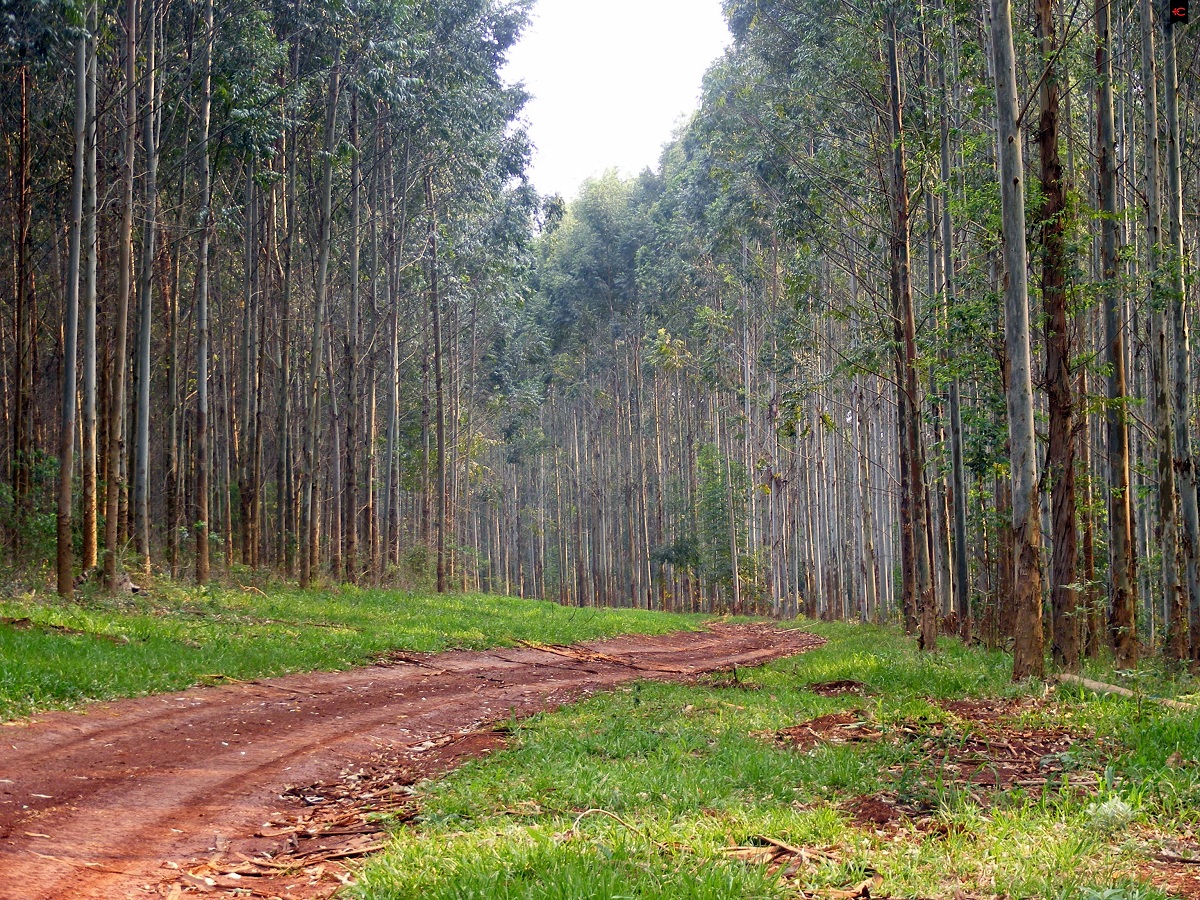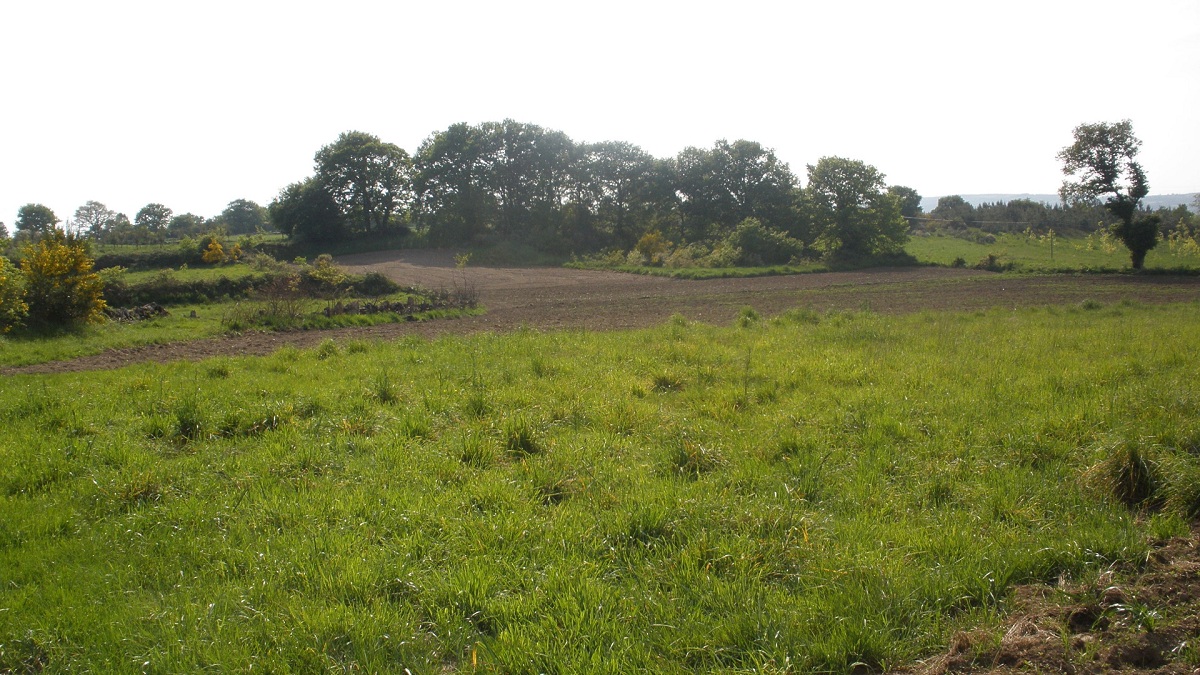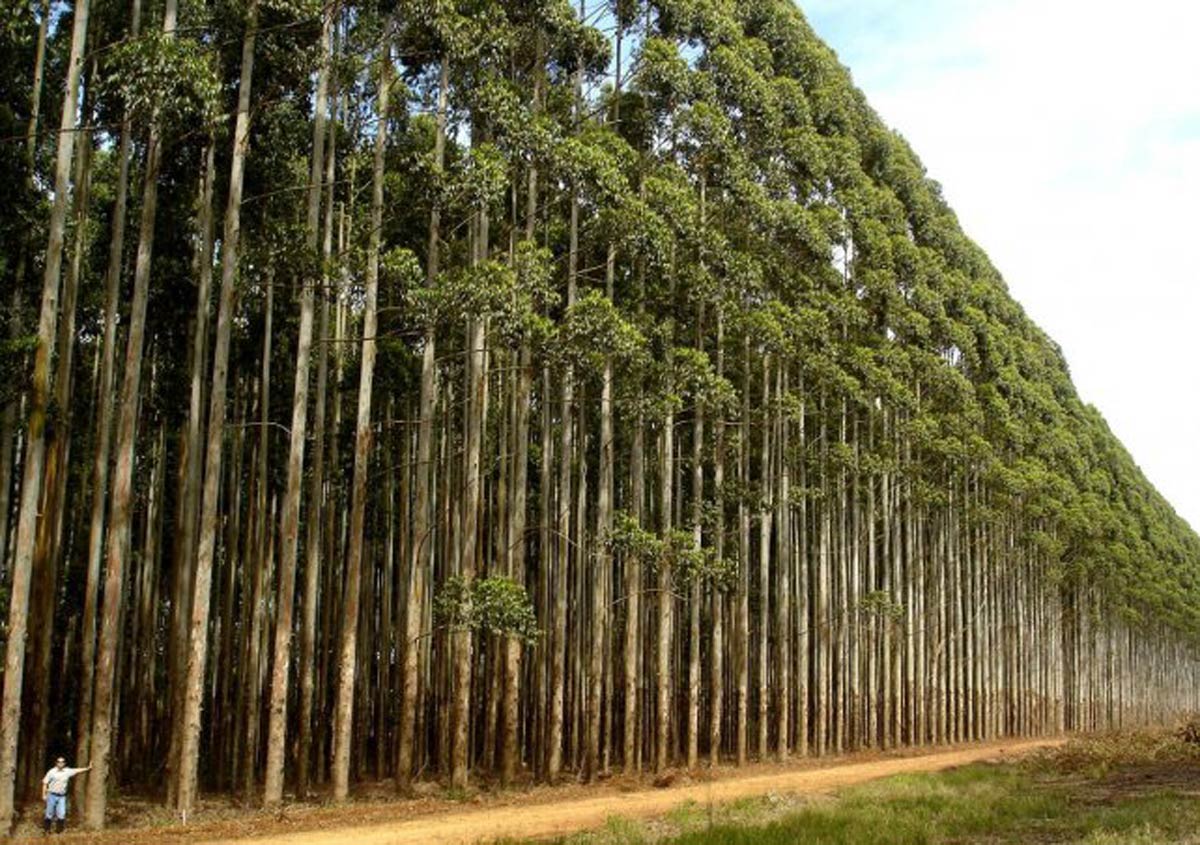
Just as there is the process of deforestation by which the forest mass is lost, we also have the afforestation. It is the process of planting trees so that a commercial plantation can be established or mitigated the ecological damage that has been caused to a natural forest. Normally this afforestation goes through a process of rehabilitation and restoration of a natural area.
In this article we are going to tell you everything you need to know about afforestation, its characteristics and importance.
What is afforestation

Afforestation means planting trees in areas that were initially treeless or deforested. In the latter case, afforestation activities are specifically called reforestation, that is, replacement of forests or lost forestsIt is a large-scale activity and it is necessary to understand the climate and soil (soil) conditions of the area to be afforested. It is also important to understand the biological requirements of the species to be used for afforestation.
Among the types of afforestation, the main objective of commercial plantations is the economy, followed by forest restoration and restoration. In restoration, the main purpose is mixed (production and ecology), while in restoration, it is purely ecological. The word afforestation means the act of creating a forest (forest). In any case, simplified to the simplest form, it is the act of creating or replacing forests in a given area.
It may be an area that has never hosted a forest, or an area that did not have a forest until recently. The first element to consider is the main objective of afforestation, which can be commercial, mixed or ecological. Because in each case, the afforestation techniques and the subsequent management of forest areas are different.
Factors to consider

The simplest case is the establishment of commercial forest plantations because they include a small number of species. Although the conditions to restore natural forests are worth managing more species and variables. In commercial plantations, the main objective is to produce wood and derivatives, while restoration is restoring ecological characteristics and ecosystem services. Therefore, the more complex the primary forest, the more complex the restoration.
In any case, afforestation in an area must first consider the climate, soil conditions, and water supply in the area. These factors must be related to the biological requirements of the species to be included in afforestation.
On the other hand, it should be noted that humans may be required to provide grants. This includes replacing water and other factors, improving soil structure through agriculture, fertilizing, and preventing pests and diseases.
In addition, depending on the type of afforestation, certain maintenance tasks and general management of the plantations. On the other hand, other factors must be considered, such as transportation, accessibility and other services, especially if the area to be reforested has a productive function.
Main afforestation techniques
Afforestation techniques are diverse and vary according to the specific types of afforestation and the requirements of the species to be planted. However, generally speaking, it is necessary to study the climate, soil and hydrological conditions of the area. Then select the species for afforestation.
Subsequently, a nursery is established where the selected species are propagated. Each species may require specific technical and environmental conditions to germinate and establish itself in a nursery. The nursery must guarantee the number of individuals required per unit of planting area. In other words, the number of individuals in each species is the defined planting density.
This density depends on the characteristics of the species and the purpose of afforestation. For example, in ecological restoration, it is important to allow trees to develop naturally to their potential. In some commercial plantations, It may be of interest to increase the length further and reduce the diameter of the trunk. In this case, the trees will be planted closer together.
If the goal is to restore virgin forests (ecological restoration), consider inheriting management techniques. Try to imitate the natural process of forest restoration in its plant succession. In this way, first establish pioneer species that can withstand greater solar radiation and lay the foundations for other more demanding species. Then establish the following species in natural succession, and so on, until the original equilibrium is reached.
Types of afforestation
The types of afforestation are in fact very diverse, because each species or combination of species has its own requirements. However, in general, there are five types that can be considered.
Commercial forest plantation
It is a classic forest plantation that produces wood and derivatives, from one or more tree species. Therefore, although planted forests include more than one species, each area of forest or forest land is of only one species (only one species).
A typical example of such afforestation is the Uverito Forest in Mesa de Guanipa in eastern Venezuela. It was originally the largest artificial forest cloth in the world, with a plantation area of 600.000 hectares of Caribbean pine (Pinus caribaea).
The land he builds is a barren savannah without forests before. On the other hand, the species used was introduced (it is not a typical characteristic of the area), so it is an artificial plantation.
Agroforestry and agroforestry systems
Another type of afforestation that is also used for important economic purposes is agroforestry or agroforestry and animal husbandry systems. In the first case, afforestation is combined with legumes or maize crops regardless of whether there was a forest before.
In agriculture, forestry and livestock, tree planting, annual crops or pastures, and livestock farming are complementary to each other.
Forests planted for environmental and recreational purposes
In some cases, the establishment of plantations is not for forest production, but for the environment. An example of recreational purposes is Central Park in New York, which It looks like a natural forest in some areas, but it is designed on purpose.
Another example, in this case, for environmental protection purposes, is the Great Green Wall of China. This is the largest afforestation project in the world, with the goal of reaching approximately 2.250 square kilometers.
I hope that with this information you can learn more about afforestation and its characteristics.
